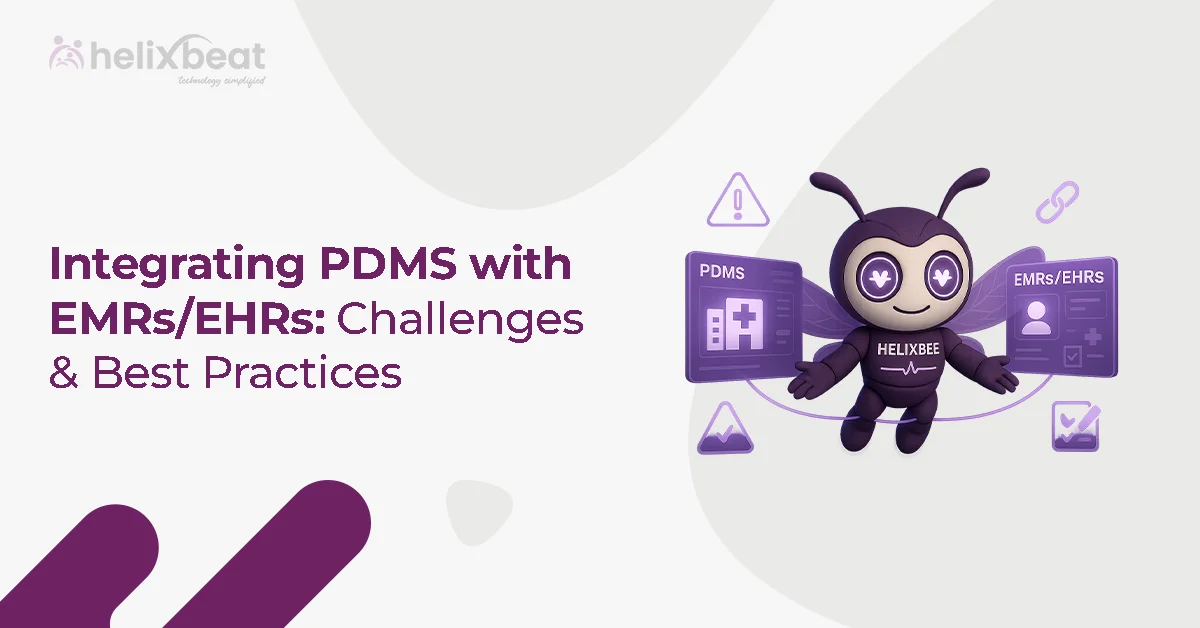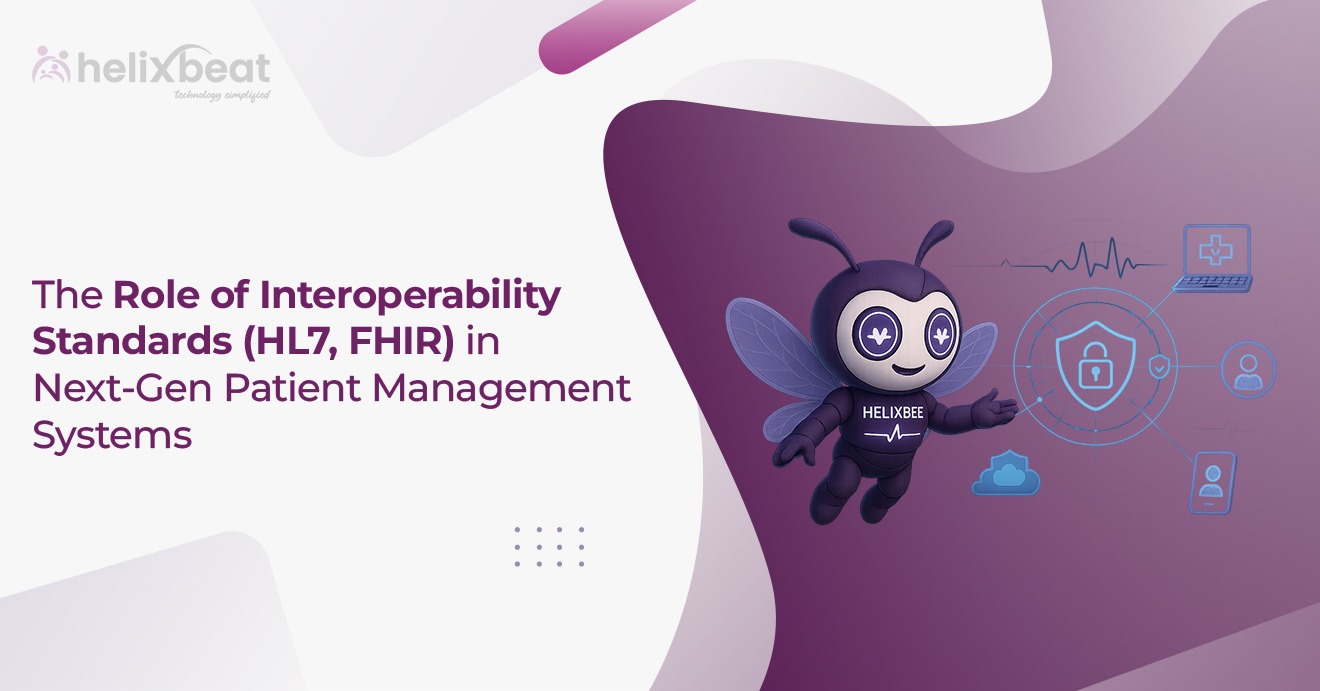Paying for healthcare has become a lot more complicated than it used to be. With more patients now enrolled in High-Deductible Health Plans (HDHPs), the days of insurance covering everything upfront are long gone. That means patients are often footing a bigger chunk of the bill—and medical practices are stuck figuring out how to collect payments without adding extra stress.
This is where recurring payment platforms come in handy.
Instead of sending one big bill and hoping it gets paid, recurring billing lets you break it down into smaller, manageable payments. It’s simple, automated, and aligns with what patients want today: convenience, flexibility, and digital-first experiences. It also helps your front office breathe easier by cutting down on awkward follow-ups and overdue balances.
As we head into 2025, recurring payments are no longer just a nice option—they’re becoming trend that more than they can. And platforms like Paynova are leading the way.

Table of Contents
Understanding the importance of recurring payments
Recurring payments are exactly what they sound like—automated transactions set to process on a schedule. Instead of billing patients manually every month (or worse, chasing down payments), practices can set up a system where a patient’s account is charged at agreed intervals. No more paper bills piling up. No more awkward reminders at the front desk.
For patients, it means smaller, more manageable payments without having to think twice. For healthcare providers, it means consistent cash flow, fewer overdue accounts, and much smoother operations.
Key Takeaways:
- High-deductible health Plans (HDHPs) are on the rise, with over 27 million Americans now enrolled in HDHPs (Source: Kaiser Family Foundation), making recurring billing increasingly vital for medical practices.
- 70% of patients prefer digital payment methods for healthcare, showing a clear shift towards more convenient, tech-friendly solutions (source: Instamed).
- By 2025, AI-powered billing platforms are expected to reduce administrative costs by 40%, highlighting the growing role of automation in medical billing (source: McKinsey & Company).
- 80% of healthcare providers report struggling with overdue patient balances, making flexible and automated payment solutions like recurring billing more necessary than ever (source: Zotec Partners).
- 99% of healthcare organisations expect to integrate payment solutions directly into their EHR systems by 2025, demonstrating the importance of seamless system integration (source: Healthit.gov).
Incorporating these trends and technologies can help your practice stay ahead and provide the best patient experience in 2025 and beyond.
Enter Paynova, a leading recurring payment platform that’s built for the evolving needs of the healthcare industry. What sets Paynova apart is its deep integration capabilities, robust automation, and commitment to both security and patient-friendly design. It doesn’t just automate payments—it makes the entire billing experience seamless for providers and stress-free for patients.
As medical billing continues to shift toward patient responsibility, recurring payment platform are more than a convenience—they’re a must. And platforms like Paynova are making it easier for practices to stay ahead of the curve.
#Trend 1: AI-Powered Payment Automation is Taking Over
Artificial Intelligence (AI) isn’t just transforming diagnosis and treatment plans; it’s now embedded in payment automation too. An intelligent recurring payment platform can now analyze patient payment behaviors, schedule reminders, retry failed transactions smartly, and suggest the best billing cycles for each patient type.
This trend is making payment processing more personalized and efficient, reducing administrative work and minimizing revenue leakage due to missed payments.
Why it matters: AI automation lowers the workload of medical billing teams and ensures better patient compliance with payment plans.
#Trend 2: Subscription-Based Healthcare Plans are Rising
2025 is seeing a major shift in how healthcare services are consumed. Subscription models—once reserved for entertainment and software—are entering the healthcare domain. Patients pay a flat monthly or annual fee for a bundle of services, ranging from general checkups to priority teleconsultations.
This model demands a reliable recurring payment platform to handle payments automatically, ensure compliance, and provide transparent reporting.
Key Takeaway: If you’re planning to offer subscription-based care plans, choosing the best platform for recurring payments isn’t optional—it’s essential for scalability and customer satisfaction.
#Trend 3: Biometric and Passwordless Payment Verification
Security is a big concern in the healthcare industry. With rising cyber threats, 2025 is shifting toward passwordless authentication methods like biometrics, facial recognition, and device-based verification for payment authorizations.
Modern recurring payment platforms are integrating with biometric APIs to make the billing experience smoother, safer, and compliant with HIPAA and PCI standards.
Pro Tip: Look for platforms that offer biometric security layers without making the payment process complicated for patients.
#Trend 4: Integration with Electronic Health Records (EHR)
Gone are the days when billing and health records operated in silos. In 2025, a successful recurring payment platform must integrate directly with EHR systems. This ensures that billing is tightly linked to care delivery—services rendered are automatically translated into payment triggers.
For example, after a telemedicine session ends, the system can generate a billing request and automatically initiate a recurring charge.
Benefits:
- Reduced billing errors
- Streamlined patient experience
- Lower admin costs
#Trend 5: Customised Payment Plans and Flexibility
Not every patient can afford to pay medical bills in full. In 2025, customization is key. Patients demand flexible installment plans, interest-free payments, and the ability to adjust billing cycles.
The best platform for recurring payments will offer dynamic payment scheduling features that allow providers to create tailor-made payment plans for each patient based on financial capability, service type, and urgency.
What to Watch For:
- Adjustable due dates
- One-click payment plan adjustments
- Split-payment functionality
#Trend 6: In-App Payment Reminders and Patient Portals
The rise of patient-centric platforms is driving the demand for real-time, mobile-first communication. Today’s top recurring payment platforms are embedded inside patient portals and mobile apps, where users can:
- View upcoming bills
- Update payment methods
- Adjust plans
- Receive alerts for failed payments
This shift towards mobile-first billing is making healthcare payments more transparent, accessible, and patient-friendly.
Why You Should Care: No more chasing patients via phone calls—automated in-app reminders do the heavy lifting.
#Trend 7: Multiple Payment Methods = More Conversions
Patients expect options. While credit and debit cards are still standard, there’s growing demand for digital wallets, bank transfers, ACH payments, and even crypto in some markets.
In 2025, the best platform for recurring payments offers a wide range of payment method integrations. Platforms that fail to support diverse payment options risk losing patients who prefer flexibility.
Hot payment trends in 2025:
- Paynova, Google Pay, Apple Pay, UPI
- Venmo and PayPal for recurring charges
- Direct debit via ACH
- Healthcare wallets or insurance-linked accounts
#Trend 8: Regulatory Compliance and Data Privacy Built-In
With sensitive patient data involved, recurring billing platforms must follow healthcare and financial regulations closely. In 2025, HIPAA regulations are the bare minimum.
The top recurring payment platforms now come with built-in compliance features like data encryption, audit trails, consent management, and access controls to keep practices safe from legal trouble.
Tip: Always ensure your platform is both HIPAA with regular audits and updates.
#Trend 9: Analytics and Smart Reporting
As medical billing becomes more data-driven, actionable insights are critical. A modern recurring payment platform should not just process payments—it should tell you how well your billing strategies are working.
Expect to see features like:
- Payment success rate dashboards
- Failed transaction reports
- Patient payment behavior analysis
- Forecasts for monthly revenue based on historical data
These insights help providers tweak billing plans and increase patient retention.
#Trend 10: Platform-as-a-Service (PaaS) Billing Models
Medical billing software companies are increasingly moving to Platform-as-a-Service models—offering white-labeled recurring payment infrastructure to clinics, telehealth startups, and insurance providers.
If you’re a SaaS company serving the healthcare space, being able to embed a recurring payment platform directly into your product gives you a competitive edge.
Bonus: Revenue sharing and API-based monetization make this a win-win.
So, What Should You Look For in the Best Platform for Recurring Payments?
When evaluating the best platform for recurring payments in 2025, look for these key features:
- End-to-end automation: Automates the entire payment process from initiation to collection.
- Biometric or device-based authentication: Ensures secure and easy access, reducing the risk of fraud.
- Customizable payment plans: Tailor billing schedules to each patient’s financial needs.
- HIPAA and PCI compliance: Safeguard sensitive patient data and meet regulatory standards.
- Mobile-first interface: Enable patients to access billing and make payments from any device.
- Wide range of payment method support: Provide flexibility with various payment options.
- API-ready for easy integration: Seamlessly connect with other healthcare systems like EHRs.
- Smart analytics and alerts: Track payment trends, manage overdue accounts, and make informed financial decisions.
Paynova is a platform that checks all these boxes, making it the ideal choice for future-proof healthcare billing.
Final Thoughts- Choose the best Recurring payment platform
Recurring payments are no longer just a back-office process—they’re a core part of your patient experience. Whether you’re a small clinic, a telehealth startup, or a full-scale hospital network, embracing the 2025 trends in recurring payments is essential to staying relevant, profitable, and patient-focused.
Don’t get stuck with outdated tools. Instead, choose the best platform for recurring payments—one that evolves with the healthcare landscape and empowers both your team and your patients.
Paynova is designed exactly for this future. From AI-powered automation to flexible payment plans and seamless integrations, it’s the recurring payment platform trusted by forward-thinking medical billing providers.
Ready to make the switch?
Book a free demo with Paynova today and revolutionize how you manage medical billing.
FAQs
What are some of the top trends in medical billing?
Top trends include AI-powered automation, subscription-based healthcare models, biometric and passwordless payment verification, seamless EHR system integrations, and flexible payment plans tailored to patient needs.
What are the latest trends in medical billing automation?
The latest trends focus on AI-driven billing automation that reduces administrative costs, improves payment collection, and optimizes billing cycles. Additionally, smart analytics are being used to forecast revenue and improve payment success rates.
Which payment platform is good for recurring payments?
Paynova is a leading platform for recurring payments in healthcare, offering features like AI-powered automation, integration with EHR systems, customizable payment plans, and robust security.
What is a recurring payment?
A recurring payment is an automated transaction processed on a set schedule (e.g., monthly or annually) to cover ongoing services, such as medical treatments or subscription-based healthcare plans.
How can recurring payments benefit medical practices?
Recurring payments provide consistent cash flow, reduce overdue accounts, and streamline billing operations, making it easier for practices to manage patient payments and maintain financial stability.
Why are flexible payment plans important in healthcare billing?
Flexible payment plans allow patients to pay in manageable installments, making healthcare more affordable and reducing financial stress, which can improve patient satisfaction and compliance.
What role does security play in recurring billing?
Security is crucial in recurring billing to protect patient data and payment information. Platforms must comply with HIPAA regulations, ensuring that all transactions are safe and secure.














